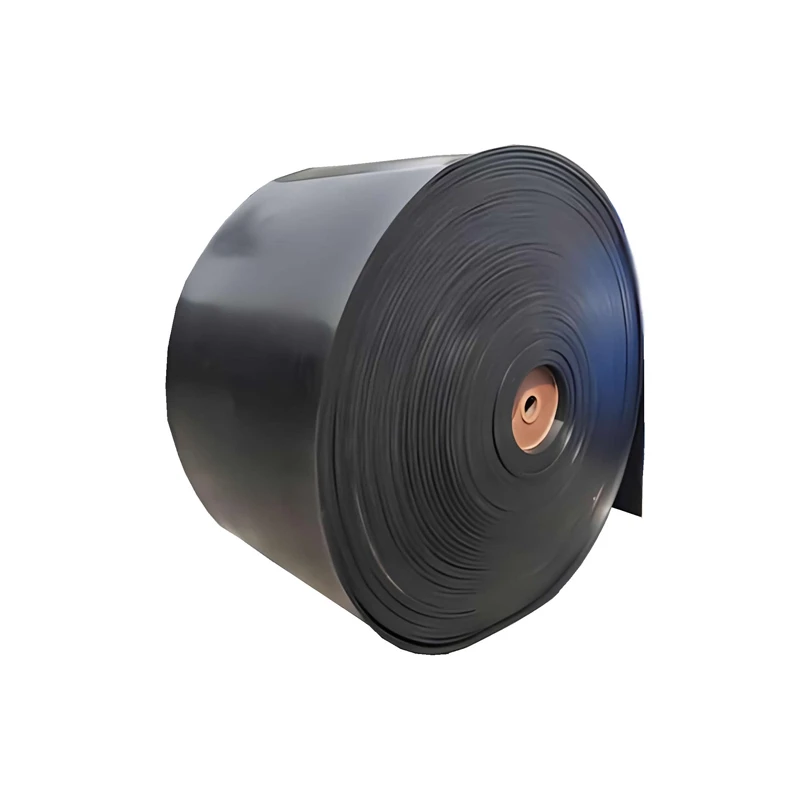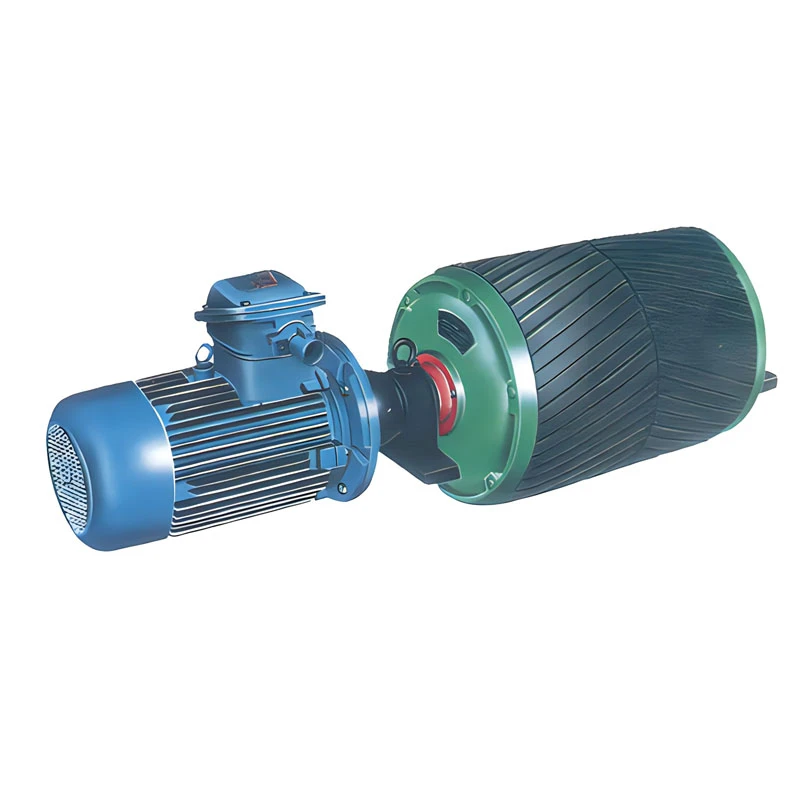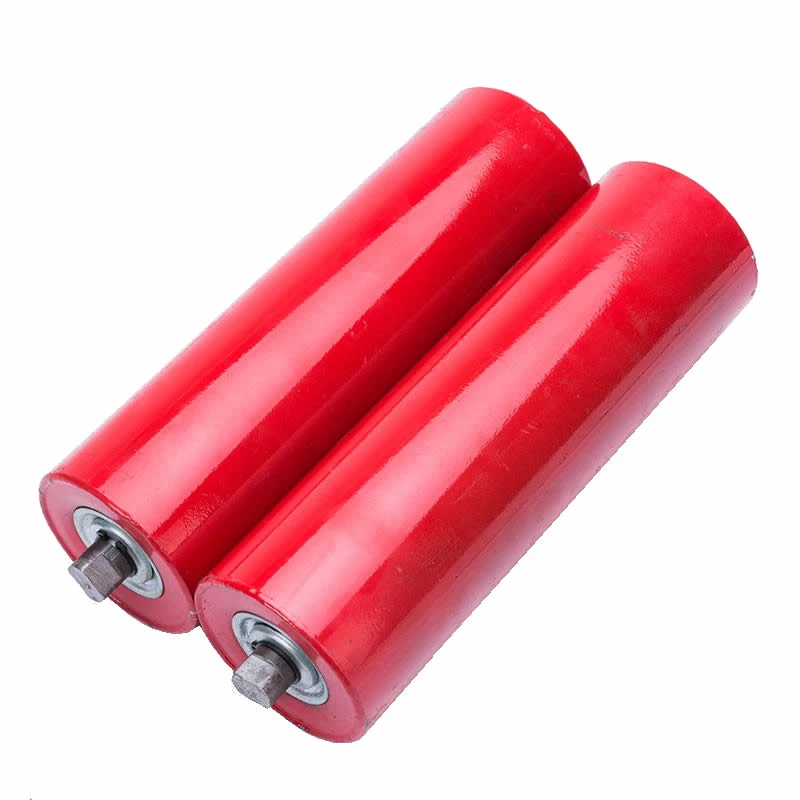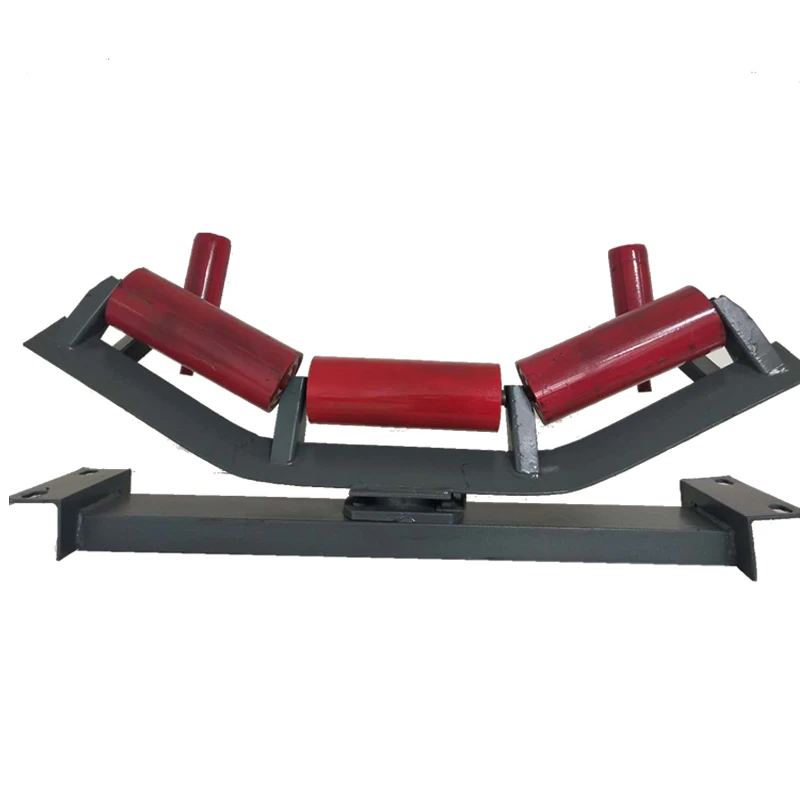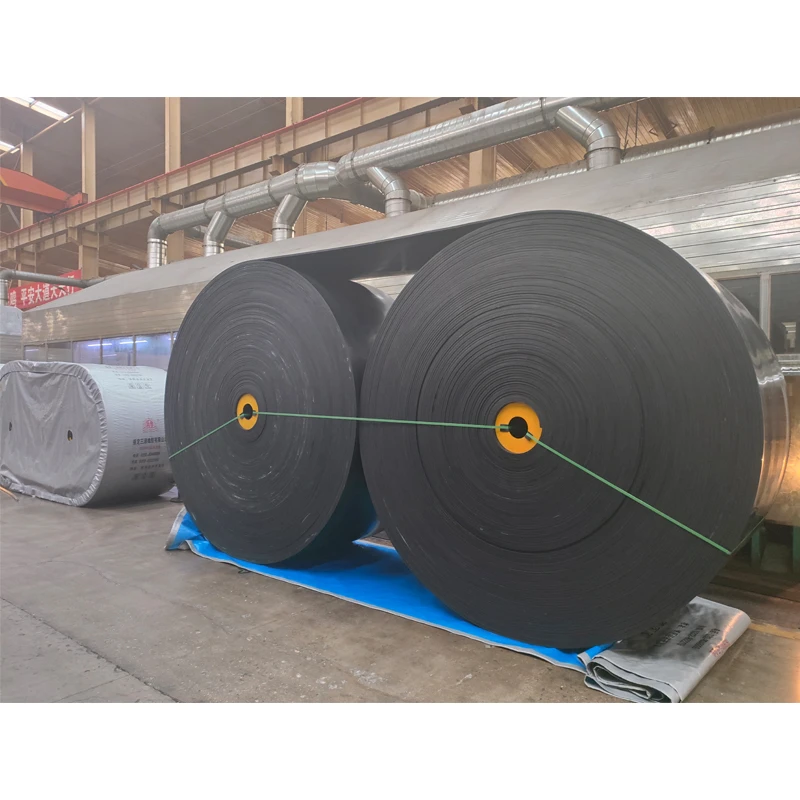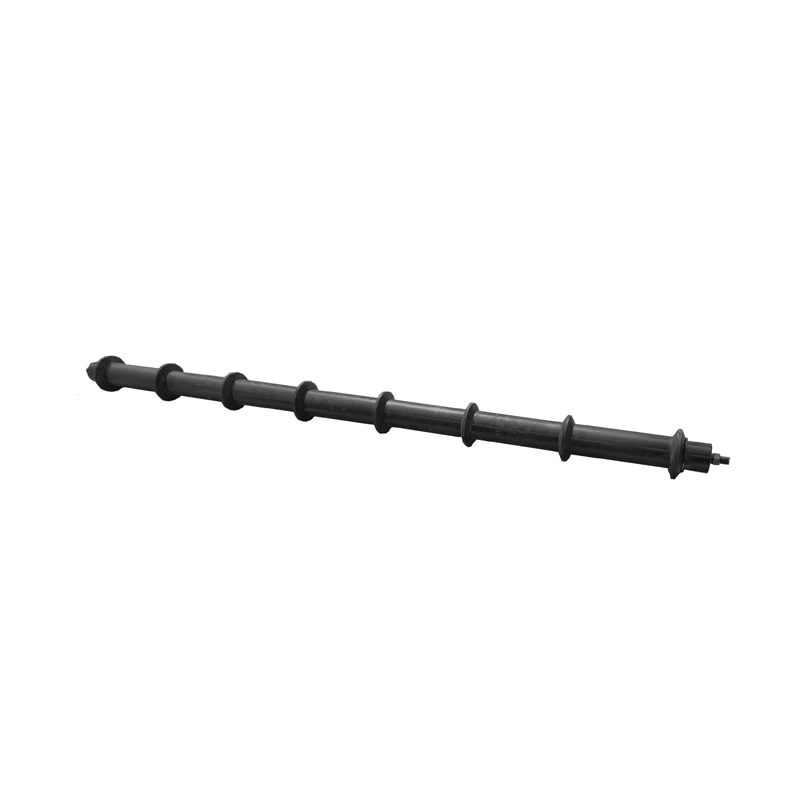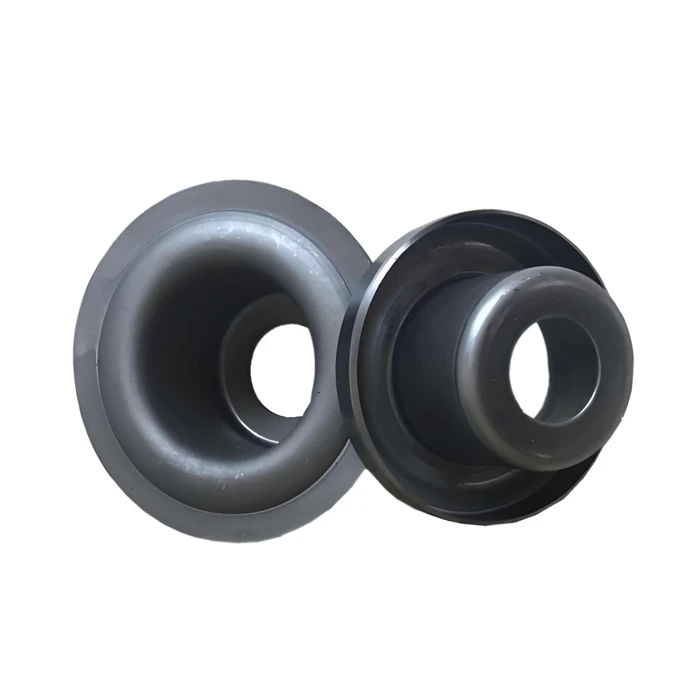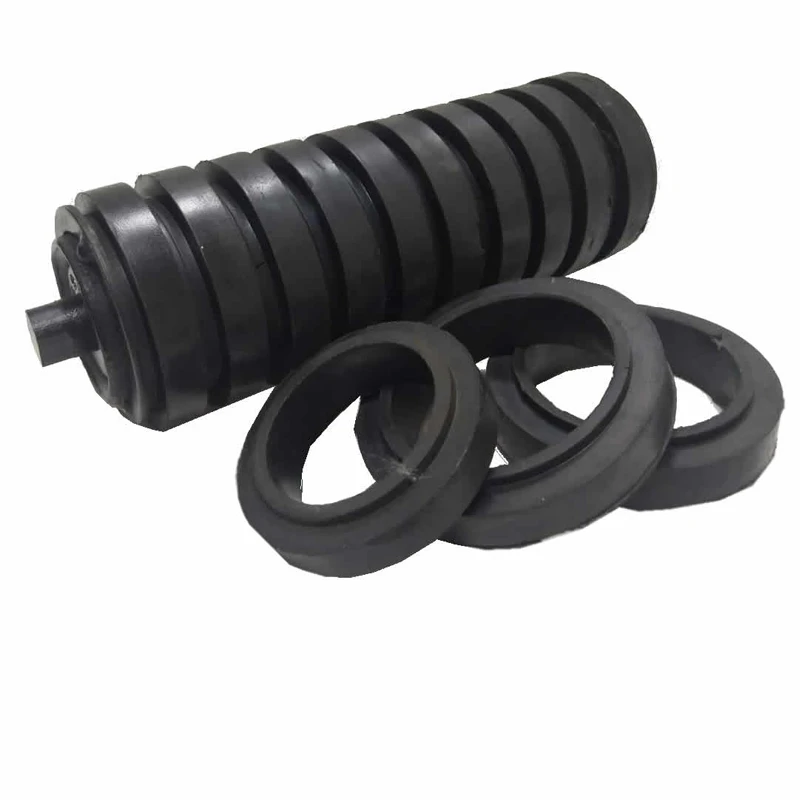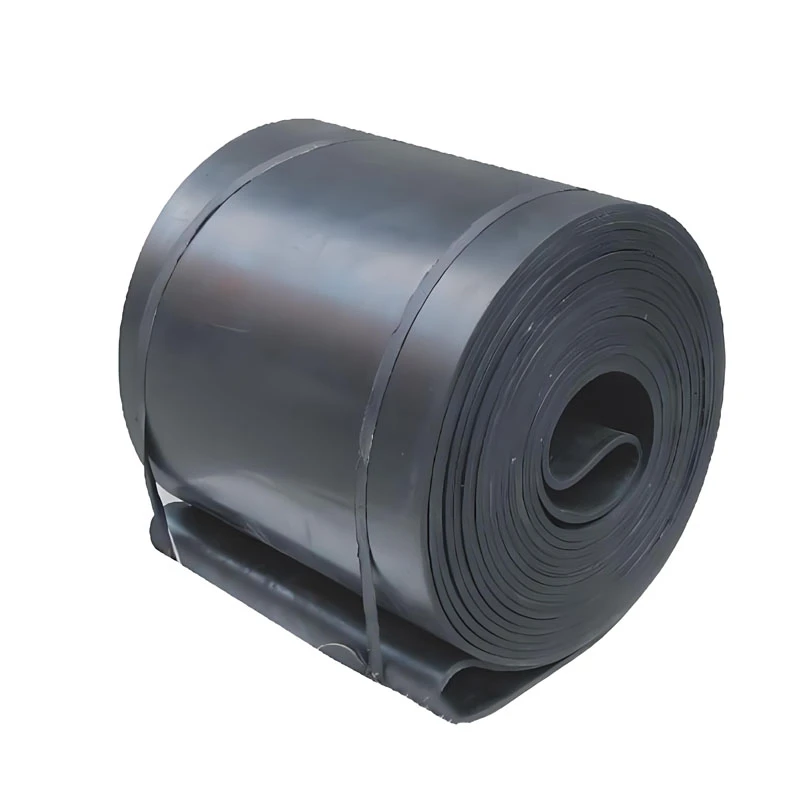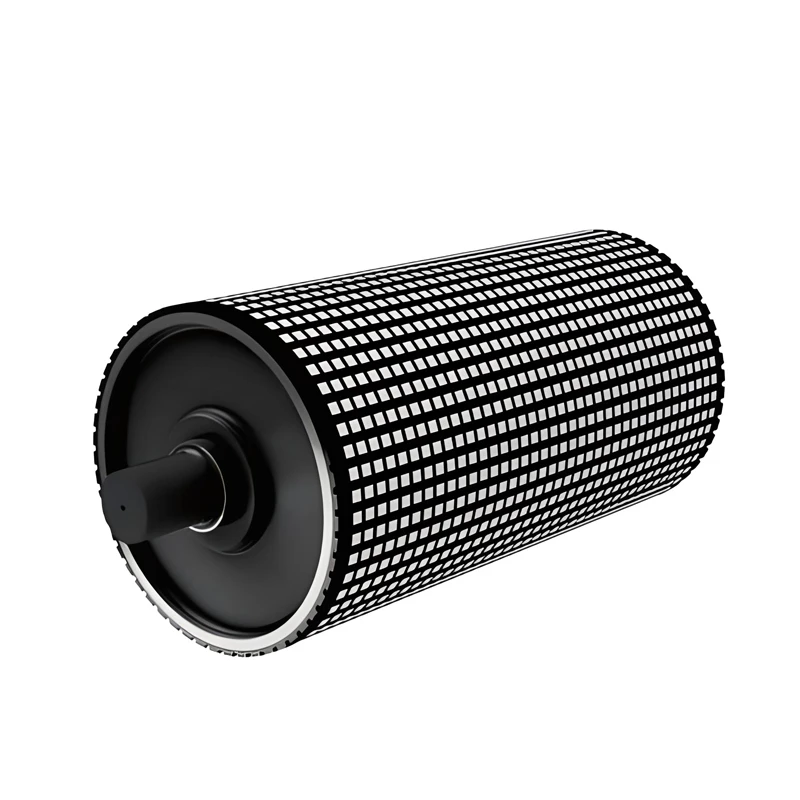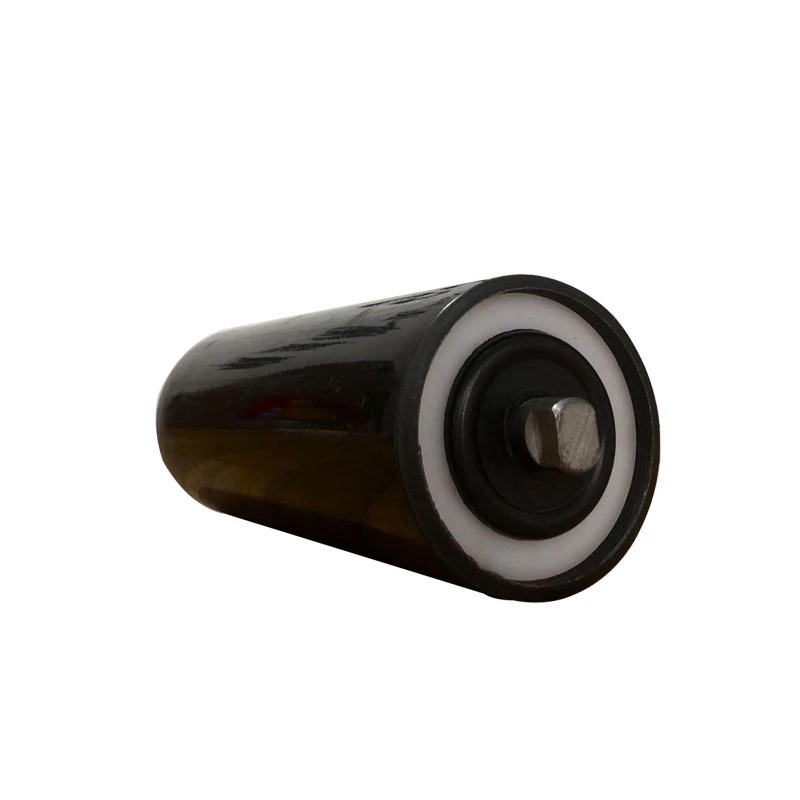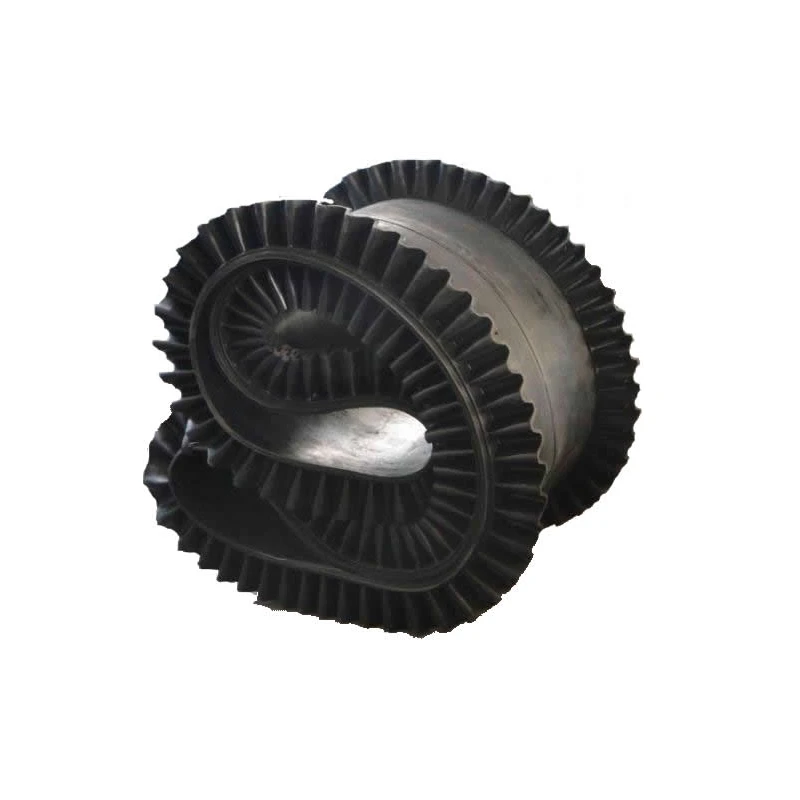The conveyor motor is the core element that powers conveyor systems, ensuring smooth, reliable, and efficient transport of materials in various industrial settings. Selecting the right conveyor motor is vital because it directly impacts system performance, energy consumption, and maintenance costs.
Conveyor motors come in different types including AC, DC, and the increasingly popular brushless motors. Each type has unique advantages depending on the application's speed, torque requirements, and environmental conditions. For instance, AC motors are known for their robustness and low maintenance, while DC motors offer precise speed control.
In many modern conveyor systems, the conveyor motor is integrated with advanced control systems such as variable frequency drives (VFDs), which allow for adjustable speed and torque, improving operational flexibility and energy efficiency.
Selecting a poorly matched conveyor motor can lead to inefficiencies such as belt slippage, overheating, or premature motor failure, which cause costly downtime. Consulting with experienced manufacturers ensures that the conveyor motor fits the specific load and speed demands of your system.
With industry trends moving towards automation and sustainability, energy-efficient conveyor motors have become a priority for plants aiming to reduce operating costs and carbon footprint while maximizing throughput.
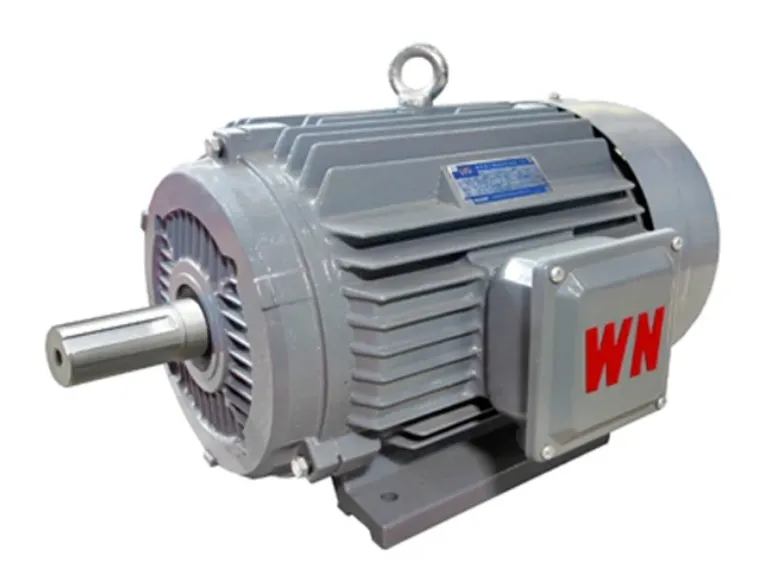
The Advantages of Drum Motor Conveyor Systems in Modern Industry
A drum motor conveyor is an innovative conveyor solution where the motor is housed inside the drum itself, providing a compact, efficient, and low-maintenance drive option. This design offers several advantages over traditional external motor setups.
First, the enclosed nature of the drum motor conveyor protects the motor and bearings from dust, moisture, and debris, significantly extending the system’s service life and reducing maintenance needs. This is especially valuable in harsh environments such as food processing, mining, or outdoor facilities.
The drum motor conveyor design simplifies installation and reduces space requirements, making it ideal for conveyors with limited room or complex layouts. The direct-drive mechanism also reduces power loss compared to belt-driven motors, improving energy efficiency.
Additionally, because the motor is integrated into the roller, the drum motor conveyor tends to operate quietly and with less vibration. This contributes to a better workplace environment and decreases wear on the conveyor structure.
For facilities prioritizing hygiene, such as pharmaceutical and food industries, drum motor conveyors facilitate easier cleaning and meet stringent sanitation standards due to their sealed design.
When considering modernization or new installations, the drum motor conveyor is a compelling choice that combines durability, efficiency, and space-saving benefits
Understanding Conveyor Belt Motor Price Factors for Smart Investment
When purchasing a conveyor belt motor, understanding the factors that influence conveyor belt motor price can help you make a smart investment that balances cost with performance and reliability.
The price of a conveyor belt motor depends on several key variables including motor power (measured in horsepower or kilowatts), type (AC, DC, brushless), brand reputation, and additional features like integrated gearboxes or variable speed controls.
Motors with higher efficiency ratings or specialized coatings for corrosive environments generally come at a premium but offer lower energy costs and longer service lives, providing better value over time.
Customized or heavy-duty conveyor belt motors designed for high-load or harsh conditions often carry higher prices due to enhanced materials and engineering requirements. Conversely, standard motors for light to medium duty applications may be more budget-friendly.
The inclusion of modern control technology, such as VFD compatibility or smart diagnostics, can also affect the conveyor belt motor price. While these features increase initial costs, they often lead to significant savings in energy use and maintenance down the line.
When comparing quotes, it is essential to consider the total cost of ownership rather than just upfront price, factoring in efficiency, maintenance intervals, and expected lifespan. Consulting with experienced suppliers helps identify the best conveyor belt motor option tailored to your budget and operational needs.
How Conveyor Belt and Motor Integration Enhances System Efficiency
The integration of the conveyor belt and motor is a fundamental factor in optimizing the performance and reliability of conveyor systems. Proper coordination between these two components ensures smooth material flow, reduced wear, and energy-efficient operation.
Matching the conveyor belt and motor specifications—such as motor power, belt type, width, and load capacity—is critical to avoid issues like belt slippage, uneven tension, or excessive motor strain.
Modern conveyor systems often feature integrated drives where the motor’s torque and speed are precisely controlled to align with the belt’s movement, resulting in consistent throughput and minimized downtime.
For example, when using heavier or abrasive conveyor belts, the motor must have adequate torque to handle the increased load without overheating or stalling. Similarly, fast-moving belts require motors capable of maintaining speed without losing efficiency.
The use of smart control systems allows real-time monitoring and automatic adjustments of the motor’s speed and torque according to load variations, ensuring the conveyor belt and motor work harmoniously for optimal results.
Additionally, advances in materials for conveyor belts—such as low-friction surfaces and durable compounds—complement high-performance motors to extend service life and lower energy consumption.
Investing in a well-integrated conveyor belt and motor system reduces maintenance costs, enhances productivity, and supports flexible manufacturing processes.
Future Trends in Conveyor Motor Technology and Drum Motor Conveyor Applications
The conveyor industry is rapidly evolving, with innovations focusing on smarter, more efficient, and eco-friendly conveyor motors and drum motor conveyor designs.
Emerging trends include the increased adoption of brushless DC motors, which provide higher efficiency, lower maintenance, and better speed control compared to traditional motors. These motors are ideal for precision conveyor applications and reduce energy consumption significantly.
In drum motor conveyor technology, manufacturers are incorporating advanced sealing techniques and corrosion-resistant materials, making these motors suitable for extreme environments, including underwater or chemical processing applications.
Integration of IoT-enabled sensors with conveyor motors allows predictive maintenance by monitoring parameters such as temperature, vibration, and load in real time. This minimizes downtime and maintenance costs while improving system reliability.
Energy recovery systems in conveyor drives are gaining traction, especially in industries with frequent start-stop cycles. These systems recapture braking energy from conveyor motors to reduce overall power consumption.
Sustainability is a key driver behind new developments in conveyor belt motor price models, encouraging manufacturers to offer energy-efficient motors at competitive prices without sacrificing performance.
The future of conveyor technology promises more modular, compact, and intelligent conveyor belt and motor systems that adapt dynamically to changing production needs, ensuring higher productivity and lower environmental impact.
conveyor belt motor FAQs
What types of conveyor motors are commonly used?
Common types include AC induction motors, DC motors, and brushless DC motors. AC motors are durable and cost-effective for many industrial applications. DC motors offer finer speed control, and brushless DC motors combine efficiency with low maintenance, suitable for precise conveyor systems.
How does a drum motor conveyor differ from traditional conveyor drives?
A drum motor conveyor houses the motor inside the conveyor drum, protecting it from dust and moisture, reducing maintenance, and saving space. Traditional drives use external motors connected via belts or chains, which are more exposed to environmental factors and require more maintenance.
What factors influence conveyor belt motor price?
Motor power rating, type (AC/DC), efficiency, brand, additional features like integrated gearboxes or smart controls, and environmental protection all impact price. Higher-efficiency and customized motors generally cost more but offer long-term savings.
How important is matching the conveyor belt and motor?
Very important. Proper matching ensures smooth operation, prevents slippage, reduces wear, and improves energy efficiency. A motor that’s too weak or too powerful can cause operational problems and higher costs.
What future technologies will impact conveyor motors?
Brushless DC motors, IoT-enabled predictive maintenance, energy recovery systems, and more durable materials for drum motor conveyors are shaping the future. These advances will improve efficiency, reduce downtime, and support sustainability goals.

